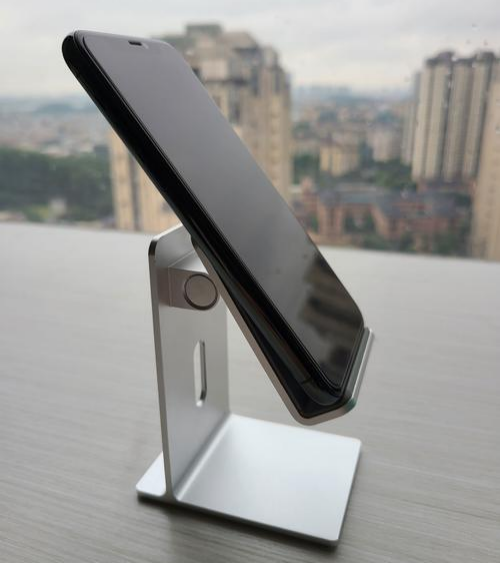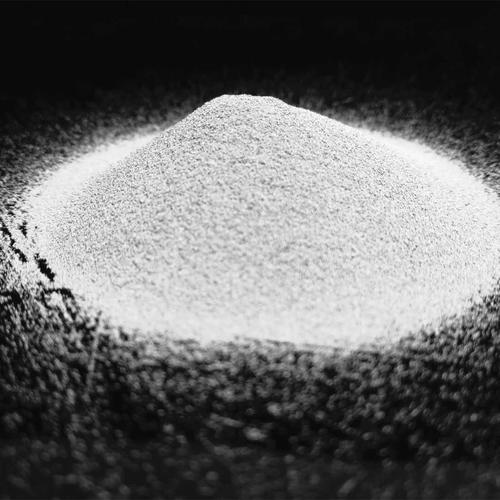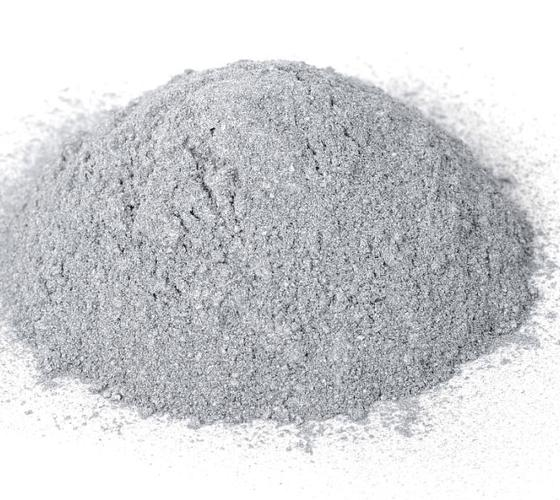1. Introduction
Ever wondered what gives high-performance jet engines, medical implants, and cutting-edge 3D-printed parts their strength-to-weight advantage? The answer often lies in titanium powder. Lightweight yet incredibly strong, corrosion-resistant, and biocompatible, titanium in powdered form unlocks a world of advanced manufacturing possibilities. Whether you’re an engineer, a researcher, or just curious about advanced materials, understanding titanium powder—its types, uses, and costs—is essential in today’s tech-driven landscape.

2. What Is Titanium Powder?
Titanium powder, often referred to as Ti powder, is a fine particulate form of titanium metal. It can be produced in various morphologies—spherical, irregular, or sponge-like—and purities, from commercially pure grades to complex alloys like Ti6Al4V (also known as Ti64). Unlike bulk titanium, which is expensive and difficult to machine, titanium powder enables near-net-shape manufacturing through techniques like additive manufacturing (3D printing), metal injection molding, and powder metallurgy.
3. How Is Titanium Powder Made?
There are several methods to produce titanium powder, each with trade-offs in cost, particle shape, and purity. The most common include:
- HDH (Hydride-Dehydride) titanium powder: A cost-effective method that yields angular, irregular particles ideal for certain sintering applications.
- Gas atomized titanium powder: Produces spherical particles perfect for 3D printing due to excellent flowability and packing density.
- Plasma or centrifugal atomization: Used for high-end aerospace applications requiring ultra-clean, spherical powders.
Other specialized forms include titanium nanopowder, TiH2 powder (titanium hydride), and even reactive variants like titanium flash powder—though the latter is more common in pyrotechnics than industrial use.
4. Key Types and Variants of Titanium Powder

Beyond pure titanium powder, the market offers a range of engineered powders tailored for specific uses:
- Ti6Al4V powder (or Ti64 powder): The most widely used titanium alloy powder, especially in aerospace and medical 3D printing.
- Titanium nitride powder and titanium carbide powder: Hard, wear-resistant ceramics used in coatings and cutting tools.
- Titanium diboride powder (TiB2 powder) and titanium boride powder: Extremely hard materials used in composites and armor.
- TiO2 powder (titanium dioxide powder), especially TiO2 nano powder: Used in sunscreens, paints, and photocatalysts—not to be confused with metallic titanium powder.
- Titanium coated diamond powder: A niche composite for ultra-precision grinding.
Note: Titanium dust and burnt titanium powder coat refer to byproducts or residues, not commercial-grade powders.
5. Titanium Powder Uses Across Industries
The versatility of titanium powder drives its adoption in multiple high-tech sectors:
- Aerospace: Jet engines, airframes, and landing gear benefit from the strength and heat resistance of titanium alloy powder.
- Medical: Biocompatible implants like hip joints and dental fixtures are increasingly made via titanium powder additive manufacturing.
- Automotive: High-performance parts use titanium powder for weight reduction without sacrificing durability.
- Defense: Armor and lightweight structural components leverage titanium’s properties.
- Energy: Used in components for nuclear reactors and hydrogen storage systems.
When people search for ‘titanium powder uses,’ they’re often exploring its role in 3D printing—making ‘titanium powder for 3D printing’ one of the fastest-growing segments.

6. Titanium Powder for 3D Printing: A Game Changer
Additive manufacturing has revolutionized how titanium is used. Spherical titanium powder—especially gas atomized Ti6Al4V powder—is the gold standard for laser powder bed fusion (LPBF) and electron beam melting (EBM). The demand for ‘titanium 3D printing powder’ continues to rise, pushing innovations in powder recycling and quality control.
Buyers often compare ‘titanium powder for 3D printing price’ versus traditional machining costs. While ‘3D printing titanium powder price’ remains high—typically $300–$800 per kg depending on grade and supplier—the savings in material waste and design freedom often justify the expense.
7. Pricing and Sourcing Considerations
The titanium powder price per kg varies widely based on purity, particle size, morphology, and alloy composition. Pure titanium powder may cost less than Ti6Al4V powder, but both are significantly more expensive than common metals like steel or aluminum.
Factors affecting titanium metal powder price include:
- Production method (gas atomized > HDH)
- Certification requirements (e.g., aerospace-grade)
- Order volume and supplier location (international titanium powder markets differ by region)
To ‘buy titanium powder’ or find a reliable ‘titanium powder supplier,’ it’s crucial to verify certifications, particle size distribution, and oxygen content—key indicators of printability and performance.
8. Related Industrial Metal Powders
While titanium powder dominates high-performance applications, it’s often discussed alongside other refractory metal powders:
- Molybdenum powder (moly powder): Used in high-temp furnaces and electronics; includes variants like MoS2 powder (molybdenum disulfide powder), MoO3 powder, and TZM powder.
- Tungsten powder (wolfram powder): Extremely dense and heat-resistant; used in radiation shielding, filaments, and cutting tools. Includes tungsten carbide powder, WS2 powder, and spherical tungsten powder.
Suppliers of ‘molybdenum powder for sale’ or ‘tungsten powder for sale’ often serve overlapping markets with titanium, especially in additive manufacturing and thermal spray coatings.
9. Safety and Handling
Fine titanium powder can be pyrophoric—meaning it may ignite spontaneously in air under certain conditions. Proper handling in inert atmospheres (like argon or nitrogen) is essential. This is why industrial users avoid terms like ‘titanium dust’ in uncontrolled environments.
10. Conclusion
Titanium powder is far more than just ground-up metal—it’s a gateway to next-generation manufacturing. From life-saving medical devices to spacecraft components, its applications are as diverse as they are critical. While the titanium powder cost remains a barrier for some, ongoing advances in production and recycling are making it more accessible. Whether you’re looking to ‘buy titanium powder for 3D printing’ or explore advanced ceramics like titanium nitride powder, understanding the landscape of grades, suppliers, and pricing is your first step toward innovation.
Our Website founded on October 17, 2012, is a high-tech enterprise committed to the research and development, production, processing, sales and technical services of ceramic relative materials such as What. Our products includes but not limited to Boron Carbide Ceramic Products, Boron Nitride Ceramic Products, Silicon Carbide Ceramic Products, Silicon Nitride Ceramic Products, Zirconium Dioxide Ceramic Products, etc. If you are interested, please feel free to contact us.
